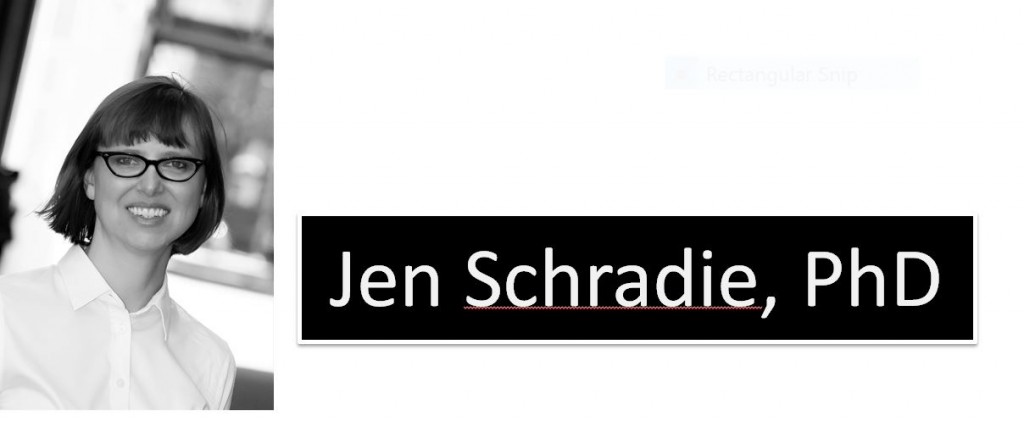Who is left on the sidelines of this digital transition? When it comes to creating publicly available online content that is being used to drive AI’s Large Language Models, the new generation of digital creators is still dominated by those with more income and education. I have expanded digital inequality research from a consumption, or Internet access, framework by demonstrating quantitatively how deep divides exist based on the production of online content, or what I call digital production inequality. This research uses cross-sectional logit statistical analysis and yielded two published papers:
Social Class Drives Gap
The first article, “The Digital Production Gap: the Digital Divide and Web 2.0 Collide,” published in Poetics, found a socioeconomic class production gap across ten online production activities, from blogging to posting photos, even among people online. The most critical mechanism for digital production inequality is owning and controlling the means of digital production. This article is one of the top downloaded papers from the journal and won the UC Berkeley Sociology Jaeger Award for Best Paper in 2011. It also was highlighted in mainstream media outlets across the country and abroad, such as Salon.com, Times of India, KCBS Radio News, United Press International, and Science Daily News.
Trends of Digital Production Inequality
A common argument in both academic and popular circles is that the digital divide is or will soon be over, but as sociologists know, inequality offline often transfers to the online world, and there is no sign that the class gaps are waning. Digital content production appears to mirror other technological innovations in which a small elite group of users begin to incorporate them in their daily living after which the innovation spreads quickly to the general population. In theoretical parlance, this is called the lagged effect. While basic Internet access is a consumption practice that aligns with these theories of diffusion, I argue that online content creation instead fits into a production framework that requires more resources and prevents diffusion from following its normal path, challenging the lagged effect theory. This research, “The Trend of Class, Race and Ethnicity in Social Media Inequality: Who Still Can’t Afford to Blog?” was published in the ASA’s Communication and Information Technologies Special Section of Information, Communication and Society. More productive applications will continue to emerge with people from lower socioeconomic levels on a treadmill never able to catch up.
How do Race and Ethnicity Factor In?
Rather than race or ethnicity driving this trend of class inequality, surprising results emerge. Hispanics no longer are less likely to be online and are now equally likely to blog as are non-Hispanics. Black Americans, however, are less likely to be online but among Internet users are more likely to blog than Whites. In other words, I found that Blacks are less likely to consume content but once online more likely to produce it. This finding was picked up by media outlets across the country and was featured in United Press International, KCBS Radio News, NBC Universal TV, Google News, San Francisco Business Times, Science 2.0.com, Black Enterprise, and BET.com. For the media coverage of both of these peer-reviewed articles, I also won the UC Berkeley Alumni Prize for Public Sociology
B i g D a t a i s T o o S m a l l
Digital technology enables researchers to extract massive amounts of data and analyze it almost instantaneously. Datasets of digitized information can reach the scale where they earn the label “Big Data.” Often mined or scraped from the internet, Big Data enthrall many types of researchers – from academics and activists to corporate and political analysts. Corporations track, amass, and sell information on demographics and habits of consumers. The Centers for Disease Control follow where the flu is spreading by analyzing where people search on google for symptoms and treatment options. Social scientists create social network diagrams encompassing millions of individuals in mere hours with just a sliver of computer code. Big Money is going into Big Data and data science, and research has never been so efficient. But by relying on Big Data, researchers, especially sociologists, jeopardize generalizability. The gaping hole in this digital cloud is that Big Data can leave out the poor and working class. Despite assertions that digital inequality is passé, it remains alive and well, even in highly wired societies. At an American Sociological Association methods panel and in an invited blog post at PBS’ MediaShift, I presented the hypothesis that “Big Data is Too Small.”

No comments yet.